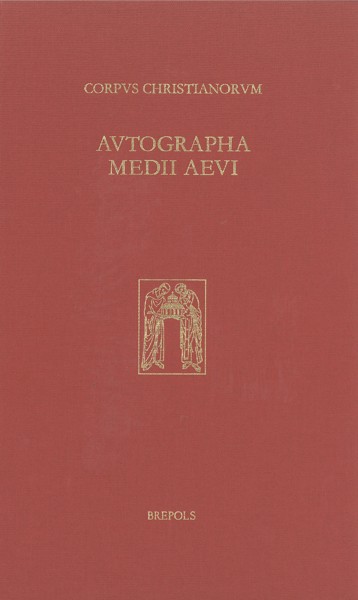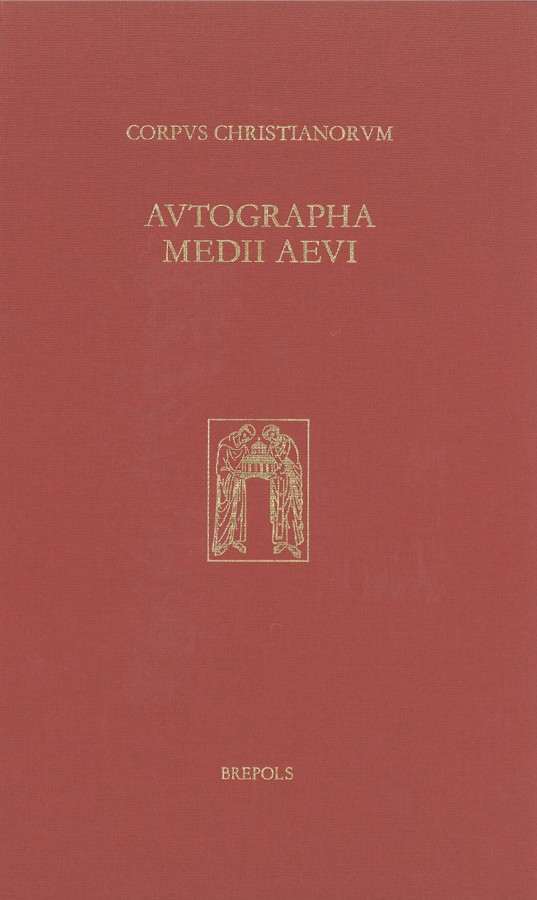
Ademarus Cabannensis musicus et cantor
James Grier
- Pages: 219 p.
- Size:155 x 245 mm
- Illustrations:41 col.
- Language(s):English, Latin
- Publication Year:2018
- € 190,00 EXCL. VAT RETAIL PRICE
- ISBN: 978-2-503-52395-8
- Hardback
- Available
« Ce volume, parfaitement édité, marque le bel aboutissement des travaux préliminaires de James Grier. » (P. -M. Bogaert, dans Revue Bénédictine, 1, 2022, p. 192)
James Grier, Professor of Music History at the University of Western Ontario, is the author of The Critical Editing of Music (Cambridge University Press, 1996), The Musical World of a Medieval Monk: Adémar de Chabannes in Eleventh-Century Aquitaine (Cambridge University Press, 2006), and numerous articles on music and liturgy in medieval Aquitaine, as well as studies of the music of Joseph Haydn, Bob Dylan and Roger McGuinn, and Frank Zappa. His critical edition of the music copied in the hand of Adémar de Chabannes appeared in Corpus Christianorum Continuatio Mediaeualis (Brepols, 2012).
Adémar de Chabannes (989-1034), monk at the abbey of Saint Cybard in Angoulême, historian, homilist, polemicist and musician extraordinaire, left behind some 451 folios of music with notation written in his own hand. These documents constitute the earliest identifiable musical autographs by several centuries. They provide essential data for musical practices at Saint Martial, where Adémar contributed to their production, and for Adémar’s personal and professional involvement in those practices. They also attest the introduction to the scriptorium at Saint Martial by Adémar of accurately heighting the neumes (symbols of musical notation) above the text to which the melody is sung. Each pitch, therefore, receives a distinct position along the vertical axis of writing. This procedure shows the exact musical interval between notes, and expedites the reading and learning of the melodies. It remains today the standard convention for indicating pitch in modern Western notation.
The importance of this technique is impossible to overstate because Western music and its notation place higher importance on pitch than on many other elements, such as rhythm and timbre. Therefore heighting, the device by which notation precisely communicates pitch, holds a central place in the development of the musical language. In contrast, most of the notational dialects that appear in early music manuscripts from the medieval West use, to a greater or lesser degree, the vertical placement of signs to indicate melodic direction rather than pitch. After an overview of Adémar’s biography and musical activities, the study examines in detail the four surviving manuscripts in which Adémar inscribed musical notation, and then the notation itself. The study closes with a consideration of Adémar’s contributions to musical literacy through his introduction of accurate heighting.





